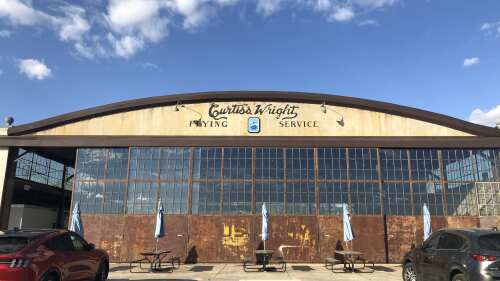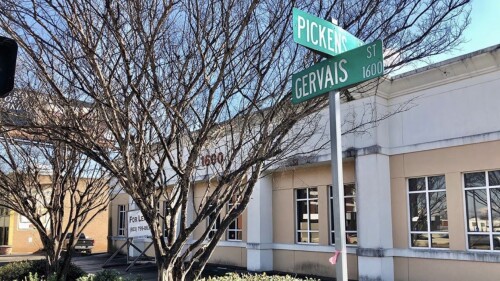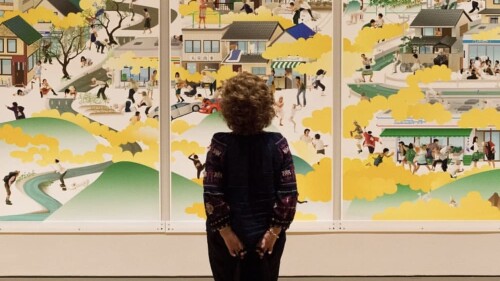With Columbia being one of the first planned cities in the US, it is no wonder that Cola’s drinking water also has a long history. Today, Columbia’s water system serves 375,000 customers in the Midlands from two sources: the Broad River Diversion Canal + Lake Murray. Combined, the sources produce an average of 60 million gallons daily.
Let’s dive into the 200+ year history of our water system and take a glance at the modernization currently underway.
Back to the beginning
While Columbia wasn’t chartered as a city until 1854, our water system dates back to April 1821, when a 12-horsepower steam engine manufactured in Manchester, England, began pumping water from a spring in (what is now Finlay Park) to a reservoir in Arsenal Hill.
The water system was financed in full by Colonel Abram Blanding — who paid $75,000 or $1.89 million in today’s money — water began flowing through cast iron pipes along streets now known as Main, Elmwood, Senate, Sumter, Marion, Bull, and Taylor.
Cola’s water timeline
1818 | Thanks to an act and resolution from the SC General Assembly, lawyer and part-time school teacher Colonel Abram Blanding (the namesake of Blanding Street) was contracted to finance and construct the town’s first waterworks.
1821 | In April 1821, water began to flow for the first time. As reported by the Camden Gazette,
“The springs in the valley furnish an abundant supply for a population three times as large as Columbia now contains. The water is pure, cool and delicious issuing through sand from the bottom of a range of hills rising more than 100 feet above the point of their discharge. Whether we regard the health and comfort of our citizens, or the security of the town from fire, this establishment cannot but be considered as of the utmost importance to Columbia.”
1823 | Columbia Water Works is complete and has laid down 17,654 ft of cast iron pipe to distribute water throughout what is now the downtown area.
1835 | Colonel Abram Blanding sold the waterworks to the City of Columbia for $25,000, and a short time later, Walnut Street was renamed Blanding Street in tribute.
1868 | Thanks to more advanced filtration systems, the City of Columbia converted the canal at what is now Riverfront Park, into a water supply to provide drinking water to city residents.
1903 | Columbia City Council passed an ordinance creating the Commission of Water and Water Works to ensure access to water for citizens.
1907 | Construction of the Columbia Broad River Canal Water Treatment Plant, the region’s first “modern” water treatment plant, is complete and begins pumping at a capacity of six million gallons per day.
1983 | To keep up with the growth of Columbia and the surrounding communities of the Midlands, the Lake Murray Water plant was added to the system.
2015 | During the week of October 3-4, Columbia experienced a “thousand-year flood” that caused a 60 ft breach in the Columbia Canal, one of the city’s main sources of drinking water. A temporary rock dam was built as an immediate fix and is still in place today.
Today, Columbia Water continues to modernize facilities and move our system into the future by installing digital meters, replacing aging equipment, and conducting ~200,000 certified lab samples per year at the Canal Water Treatment Plant to ensure Soda Citizens drinking water is safe and up to standards.
With the capacity to provide ~159 million gallons of clean water daily, our facilities are working to ensure for future growth in the Midlands.












